Primitive Modern: Joep Van Lieshout’s work arrives at Almine Rech Gallery
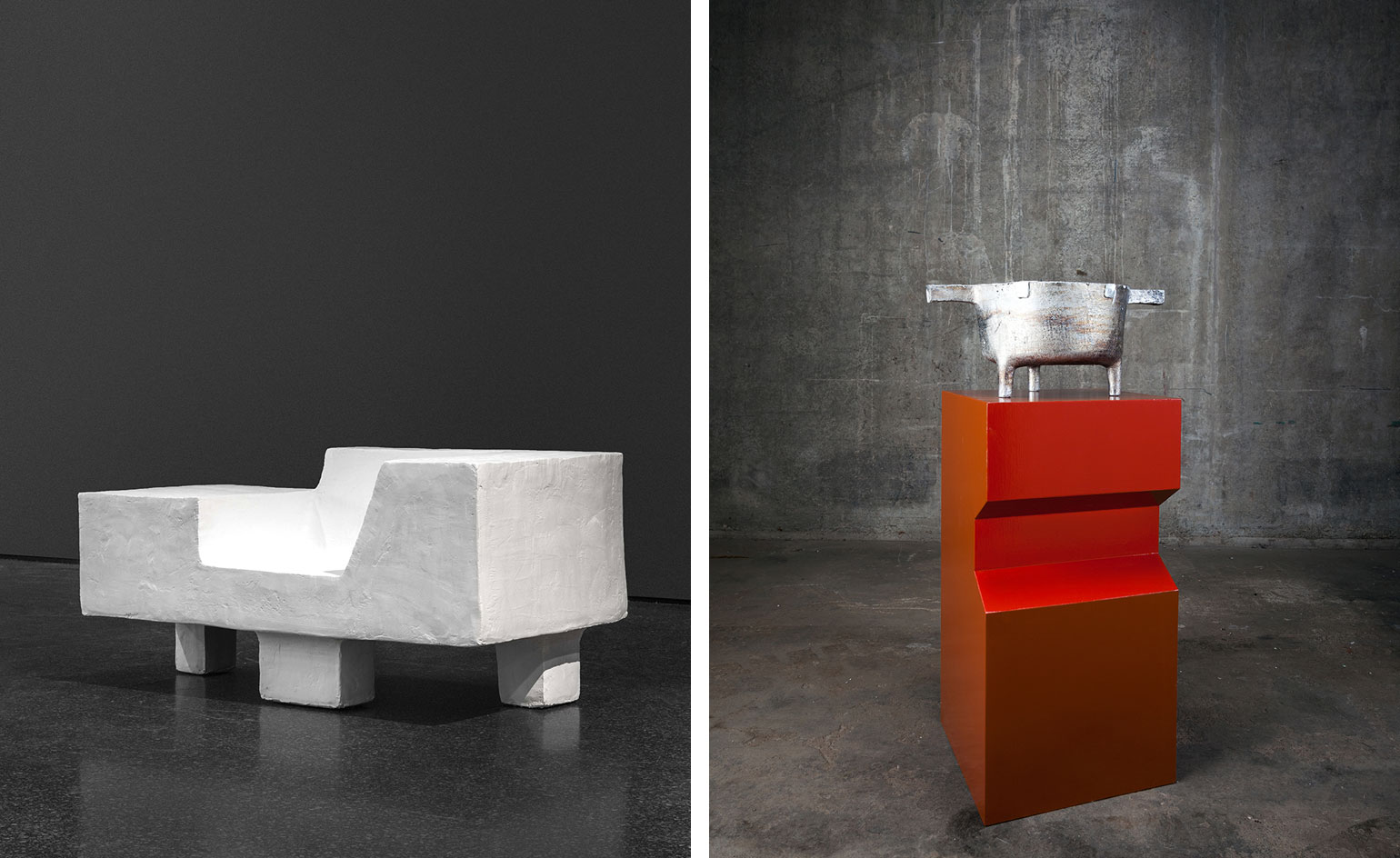
More than ever, the world needs a new perspective to bring sanity to humanity’s future; and we might find inspiration – and even some answers – from the Dutch artist Joep Van Lieshout’s new show at the Almine Rech Gallery in Brussels, Belgium.
We are no strangers to Van Lieshout’s paradoxical ideas of Utopia, which can easily be seen in the artist’s earlier works of imaginative human dwellings and living units. The new show, 'Primitive Modern,' displays the development and the transition between the two recent bodies of work 'New Tribal Labyrinth' and 'Neo-futurism.'
In 'New Tribal Labyrinth,' his first vision for the future is a journey back to the past: 'I foresee the emergence of a new tribal world, a primitive society where production takes centre stage. This world will see a return to farming and industry – both of which have currently been banished from our society – and a re-establishment of our relationship with materials, which has been lost. In this new world, ethics will be of less importance; instead, rituals will be re-evaluated, and will offer guidance to the tribes of the future,' he says. Van Lieshout has created all the necessary equipment for his fictional tribes, ranging from items of worship and sacrifice to objects for daily use, dwellings and machines to make the huge Gesamtkunstwerk.
From his labyrinth Van Lieshout emerges into an advanced future. In Neo-futurism, Van Lieshout’s world developed from crude production to technology and progress and the 20th century art movement that promoted the idea of Futurism, but he also contemplates radical change, conflicts and even aggression as necessary components of inspiration. Look at the functional sculpture Les Brutalist, which borrows the geometric shapes from the modernist movements of the early 20th century whilst focusing on man’s most primitive needs.
Looking at the past and future, the primitive and the modern, art and science – as well as utopia and dystopia – to be discussed as ways to build on the ruins of the past.
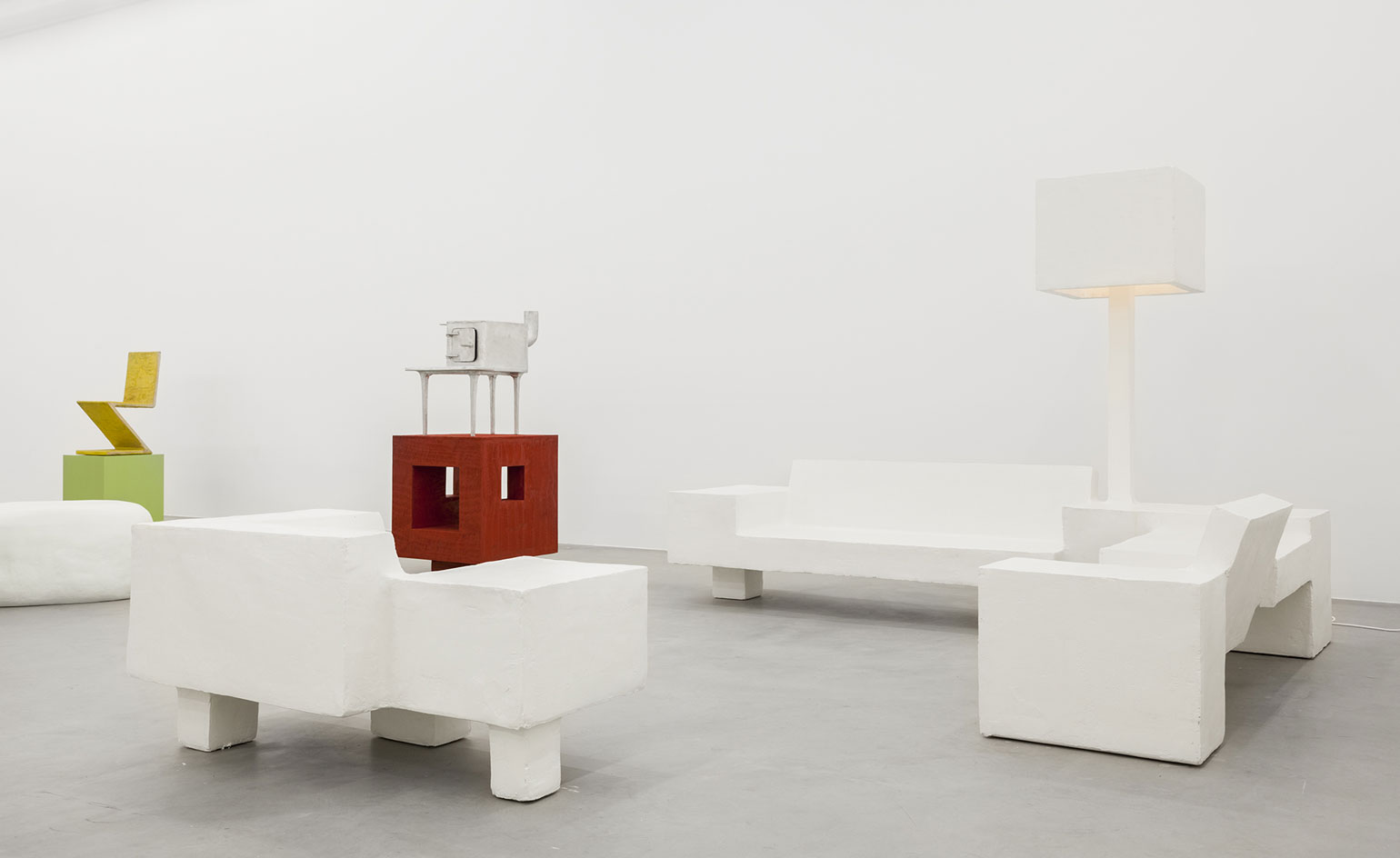
The show displays the development and the transition between the two recent bodies of work ’New Tribal Labyrinth’ and ’Neo-futurism.’ Courtesy: Joep van Lieshout, Primitive Modern, Almine Rech Gallery Brussels, ©2015 Sven Laurent - Let me shoot for you.
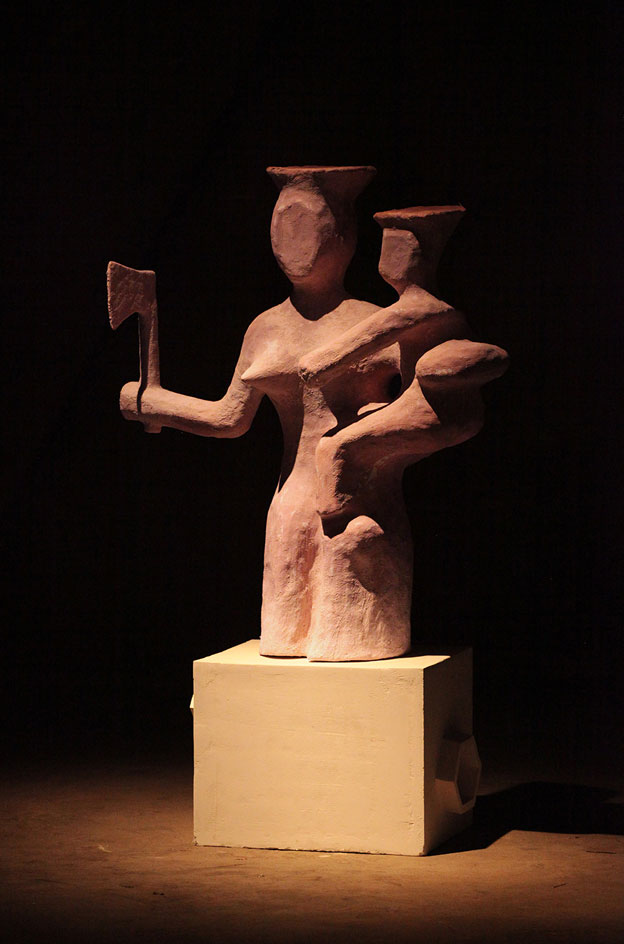
Black Madonna, 2015. Photography: ©Atelier Van Lieshout

’’I foresee the emergence of a new tribal world, a primitive society where production takes centre stage. This world will see a return to farming and industry – both of which have currently been banished from our society – and a re-establishment of our relationship with materials, which has been lost’ Says Van Lieshout. Courtesy: Joep van Lieshout, Primitive Modern, Almine Rech Gallery Brussels, ©2015 Sven Laurent - Let me shoot for you.
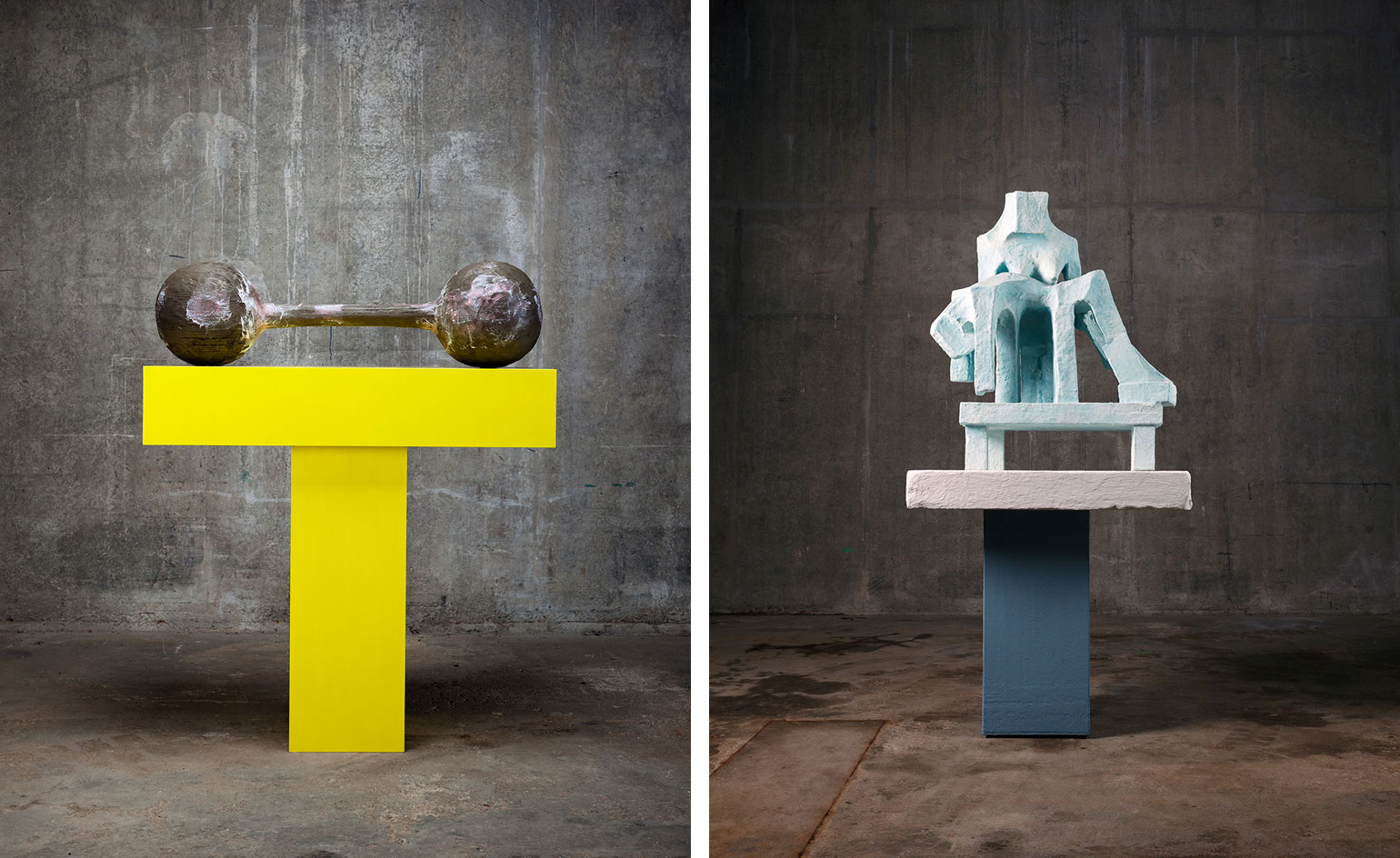
Left: AVL/GK, 2015. Shaped like a dumbbell, this sculpture can be seen as a tribute to Austrian artist Guenther Kraus, who used similar designs in his work. Right: Untitled, 2015. This work references both Michelangelo’s Pietà and his sculpture group of the sorrowful Virgin Mary in Rome’s St. Peters Basilica. Photography: ©Atelier Van Lieshout.
INFORMATION
'Primitive modern' is on view till 19 December. For more information, visit the Almine Rech Gallery website.
ADDRESS
20 Rue De l'Abbaye
B-1015 Brussels
Belgium
Wallpaper* Newsletter
Receive our daily digest of inspiration, escapism and design stories from around the world direct to your inbox.
Yoko Choy is the China editor at Wallpaper* magazine, where she has contributed for over a decade. Her work has also been featured in numerous Chinese and international publications. As a creative and communications consultant, Yoko has worked with renowned institutions such as Art Basel and Beijing Design Week, as well as brands such as Hermès and Assouline. With dual bases in Hong Kong and Amsterdam, Yoko is an active participant in design awards judging panels and conferences, where she shares her mission of promoting cross-cultural exchange and translating insights from both the Eastern and Western worlds into a common creative language. Yoko is currently working on several exciting projects, including a sustainable lifestyle concept and a book on Chinese contemporary design.
-
 All-In is the Paris-based label making full-force fashion for main character dressing
All-In is the Paris-based label making full-force fashion for main character dressingPart of our monthly Uprising series, Wallpaper* meets Benjamin Barron and Bror August Vestbø of All-In, the LVMH Prize-nominated label which bases its collections on a riotous cast of characters – real and imagined
By Orla Brennan
-
 Maserati joins forces with Giorgetti for a turbo-charged relationship
Maserati joins forces with Giorgetti for a turbo-charged relationshipAnnouncing their marriage during Milan Design Week, the brands unveiled a collection, a car and a long term commitment
By Hugo Macdonald
-
 Through an innovative new training program, Poltrona Frau aims to safeguard Italian craft
Through an innovative new training program, Poltrona Frau aims to safeguard Italian craftThe heritage furniture manufacturer is training a new generation of leather artisans
By Cristina Kiran Piotti
-
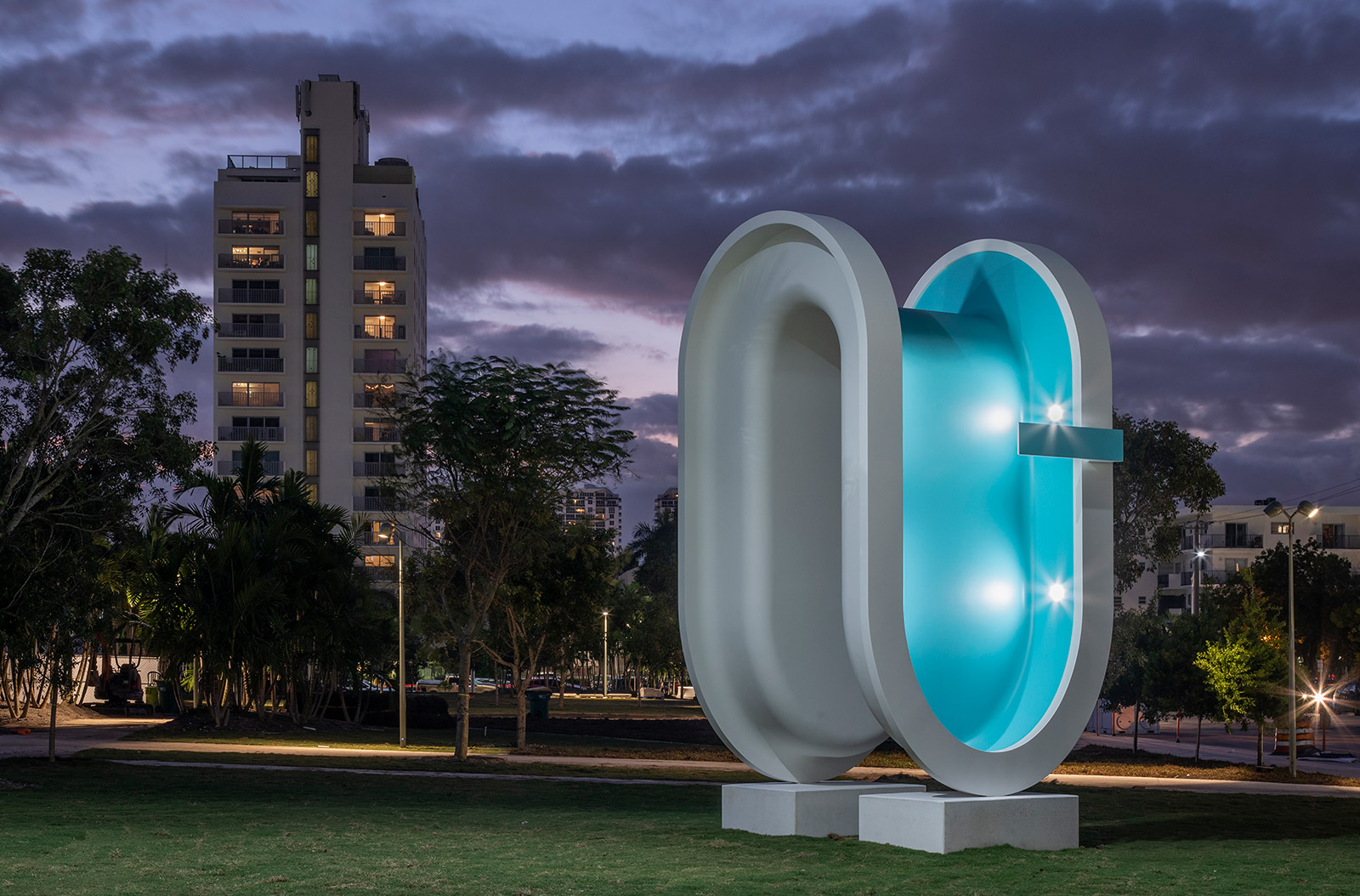 Elmgreen & Dragset give poolside lounging a new slant in Miami
Elmgreen & Dragset give poolside lounging a new slant in MiamiThe Scandinavian duo’s Bent Pool is the final sculpture in a series of site-specific works to be permanently installed in and around the Miami Beach Convention Center
By Benoit Loiseau
-
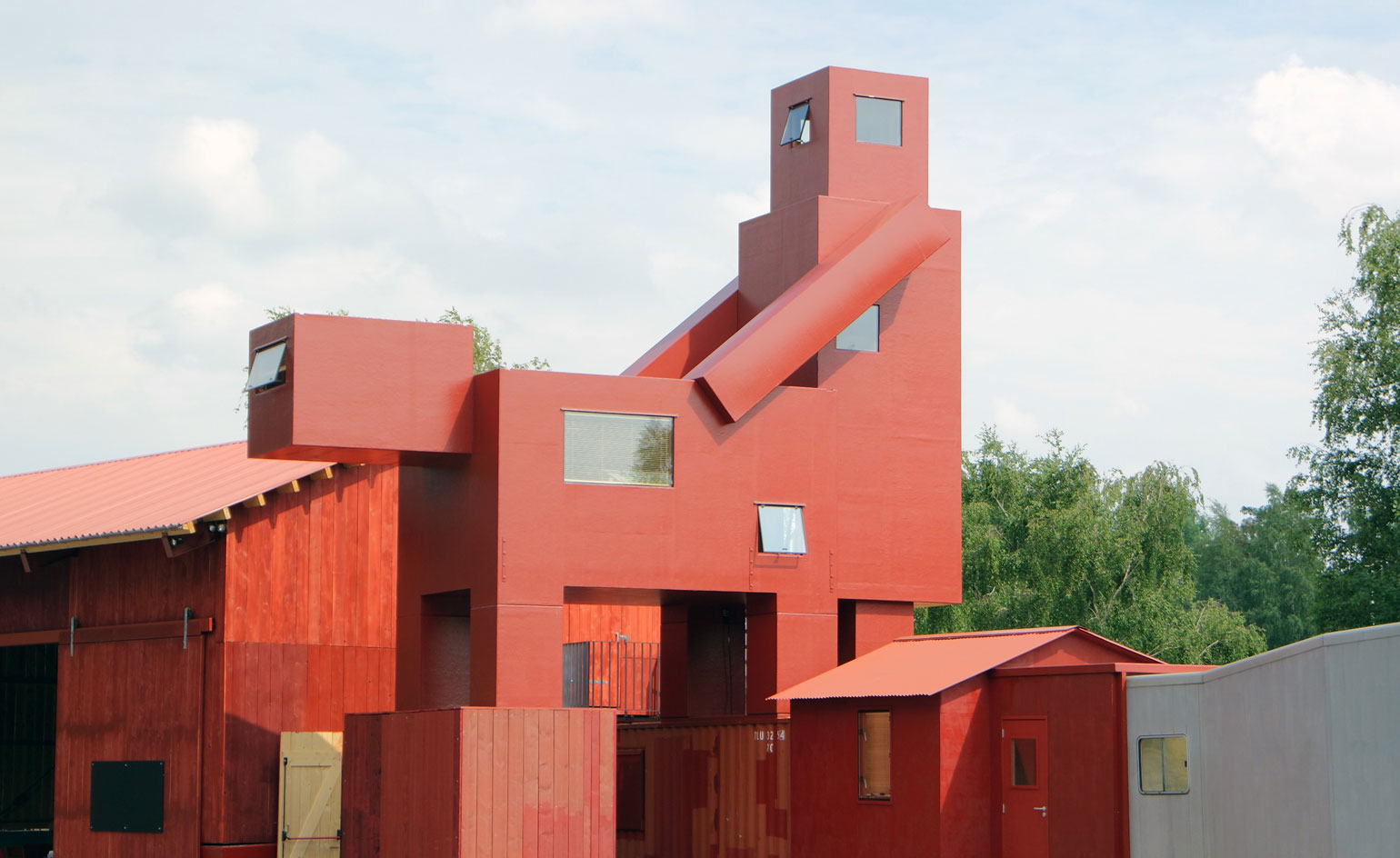 Appetite for art: Atelier Van Lieshout spills its guts at Ruhrtriennale
Appetite for art: Atelier Van Lieshout spills its guts at RuhrtriennaleBy Rosa Bertoli
-
 Cave man: inspecting Atelier Van Lieshout’s transcendental work
Cave man: inspecting Atelier Van Lieshout’s transcendental workBy Nick Compton